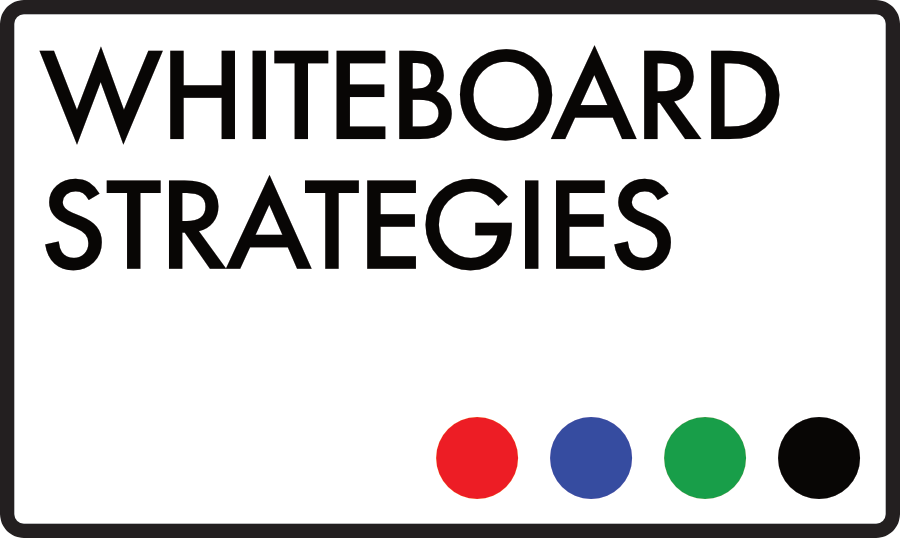Customer retention is key for large-scale sales organisations, and one of the most effective ways of driving revenue and freeing up budget and resources for lead gen across your sales force. That makes reducing customer turnover by securing renewals essential.
Renewals should be approached with the same rigour, the same understanding of customer requirements, and the same understanding of how and where your product or service can add value as any sale. Leadership still needs some buy in, particularly on significant deals. Inexperienced teams can approach renewals with a misplaced confidence and the assumption that the order is in the bag – and that can lead to sloppy, unfocused conversations and lost deals.
The big advantage with renewals is that the customer is already clued up. They know your offering and your organisation. They understand their requirement, how you currently add value, and where you slot into their existing structures and processes. Assuming your people have been delivering and managing their relationship with the customer properly, they’re starting at a significant advantage. It can be difficult for a competitor to dislodge and replace an embedded vendor – but it happens. There are whole enablement teams designing the tools and the pitches to help it happen, right now. Renewals are a vital crunch time.
The key is having a repeat sales process built around a specially designed conversation. The renewal conversation needs to be streamlined, laser-focused to pain points that you’ve recognised from working with the customer, and centred on demonstrating the ongoing value of a continued relationship between your organisations.
A deep, demonstrable understanding of the customer’s business objectives and requirements forms a solid foundation for a compelling conversation – no assumptions or guesses, just facts. Hard metrics and case studies demonstrating widespread uptake or adoption, ready scalability and quantifiable ROI are a powerful part of a persuasive conversation – and there is no more convincing case study than the customer themselves.
This should form the foundation of a conversation that sits at the heart of your repeat sales process. That conversation needs to be presented in a way that is clear, concise, widely trainable and designed to stick. The conversation needs a whiteboarding, visual component. What they see will be remembered if it makes a point. What you say will be forgotten very quickly.
We’ve created and trained bespoke whiteboard presentations and whiteboarding conversations that deliver quantifiable ROI for some of the world’s biggest and best sales organisations, and a whiteboard strategy is the perfect way of structuring even complex conversations for front line sales teams.
The ability to speak openly with the customer is a huge advantage in a renewal conversation. The assumption that the way things have been done is the way things should be done can be damaging, so a visually led conversation built around key questions on changes in market conditions, staffing, evolving systems and processes and more will help your people to work collaboratively with the customer to create the best possible renewal arrangement for both parties.
Building this valuable conversation around a whiteboard presentation or whiteboarding session allows you to harness a way of communicating that is favoured by 2/3 of all people, and is processed 60,000X faster in the brain than text. Research has shown that properly used visual aids improve audience understanding by up to 400%. As always, the question is really whether you can afford not to harness the persuasive power of visual communication in an area that is strategically vital for revenue generation.
It all starts with a message or quick chat…
Get in touch with us now via the contact page. Use the newsletter sign up form in the footer of this page for free monthly Sales and visual comms insight in your inbox, or follow Whiteboard Strategies or connect with Mark on LinkedIn.
– Tom @WSL

Recent Comments